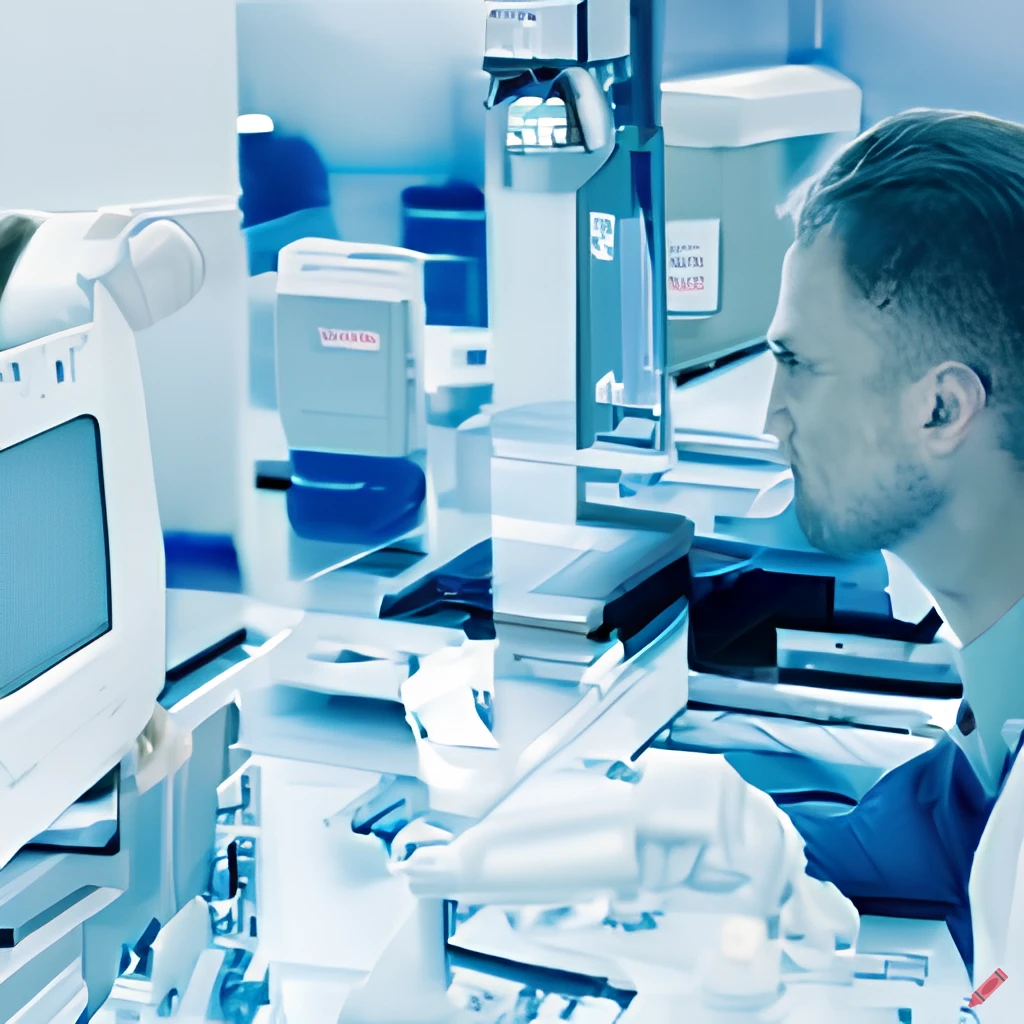Halicin: The Revolutionary New Antibiotic Discovered Using Artificial Intelligence
Halicin: The Revolutionary New Antibiotic Discovered Using Artificial Intelligence
Halicin is a promising new antibiotic that was discovered using machine learning algorithms. It was found to be effective against a wide range of bacteria, including some that are resistant to other antibiotics. yes, you read it right artificial intelligence is now used in preparing drugs.
Halicin was developed by a team of researchers at the Massachusetts Institute of Technology (MIT) in the United States. The discovery of Halicin resulted from a collaboration between MIT researchers and scientists at the biotech company, NovoBiotic Pharmaceuticals.
The researchers used a machine learning algorithm to analyze a database of more than 6,000 compounds in search of new antibiotic candidates. The algorithm identified Halicin, a combination that had not previously been recognized for its antimicrobial properties.
Halicin was initially investigated as a potential diabetes drug due to its ability to lower blood glucose levels. However, further research has shown that Halicin is effective against many strains of bacteria.so what is the difference?
Antibiotic resistance is a growing problem that occurs when bacteria evolve and become resistant to the effects of antibiotics. The emergence of antibiotic-resistant bacteria poses a significant threat to public health worldwide, as it can result in extended hospital stays, elevated healthcare expenses, and elevated mortality rates.
It works by targeting and disrupting the membrane potential of bacteria, which is a different mechanism of action compared to traditional antibiotics that target bacterial cell walls or protein synthesis, and it exhibits potent antibacterial activity against a broad spectrum of drug-resistant bacterial strains it is believed to be a great remedy for antibiotic resistance in bacteria.
The discovery of Halicin is a positive step in the search for new antibiotics to fight antibiotic-resistant bacteria. However, before it can be used as a treatment for bacterial infections in humans, more testing and clinical trials are necessary.
implications for the Future: The Halicin story offers a glimpse into a future where AI and data-driven insights lead to groundbreaking discoveries that save lives. It underscores the importance of interdisciplinary collaboration between computer scientists, biologists, and healthcare professionals. As we celebrate this incredible achievement, let's also acknowledge the broader significance. The intersection of technology and healthcare holds immense promise for addressing some of humanity's most pressing challenges.
Thanks for reading the blog 😇
for further reference - journal Cell, and the senior authors are James Collins and Regina Barzilay.





Comments
Post a Comment